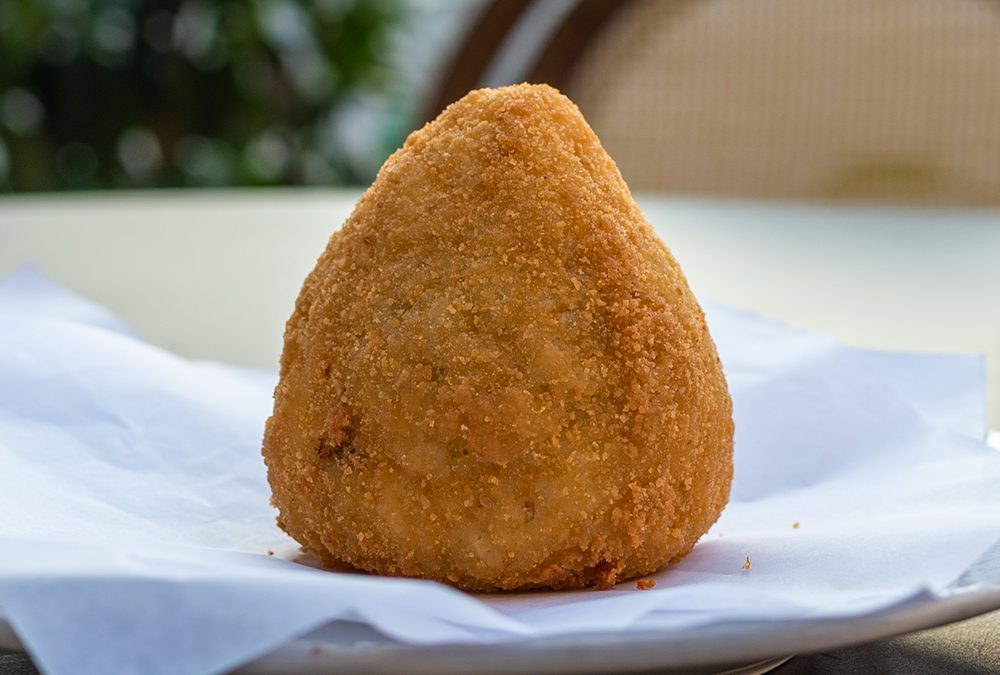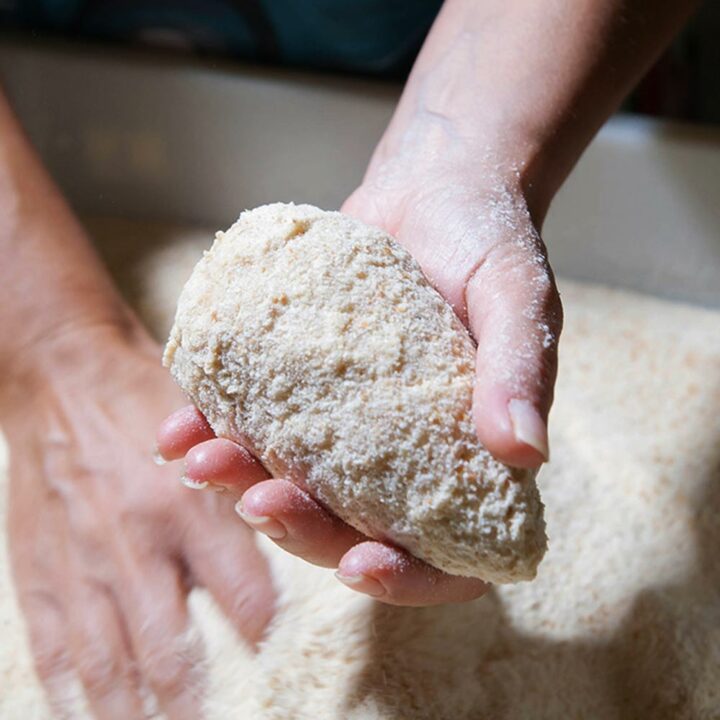The Arancino has an Arab story to tell
It is the symbolic food of the island's street food cuisine! In fact, when you say Sicily, you visualize the breaded rice ball which now contains the most varied seasonings, both salty and even sweet. Its history really begins many centuries ago, even if there is no real inventor of the Sicilian arancino. Let's take a leap into the past and place ourselves in the Arab domination era (827-1091), which in 200 years brought culture, poetry, arts, beautiful monuments and, in particular, the kitchen to the island. The use of spices, sugar, perfumes are just some of the characteristics of our cuisine that have a strong Arab imprint. As for the arancino, it is certain that the Arabs used to eat the rice timbale (invented by the Emir Ibn al Thumna) flavored with saffron. During the banquets, in fact, a tray loaded with saffron rice was placed in the center of the table and it was eaten by rolling it into a fist and seasoning it with lamb and vegetables.
For the breading, however, we have to wait a few more years with the originality and inventiveness of Frederick II who became king of the Kingdom of Sicily (1197) after the death of his father Henry VI, only 4 years old. The invention of the arancini breading is often traced back to him. The crispy breading, in fact, would have ensured excellent conservation of rice and seasoning, as well as better portability. In fact, it is assumed that, initially, arancino was mainly considered a takeaway food, to be consumed during work in the countryside or hunting trips. After the discovery of the Americas, tomato was also introduced as an ingredient which, over time, was used to prepare ragù, used today as the main ingredient. Have you ever tried our arancini, maybe just fried? I am blown away by the palate!





